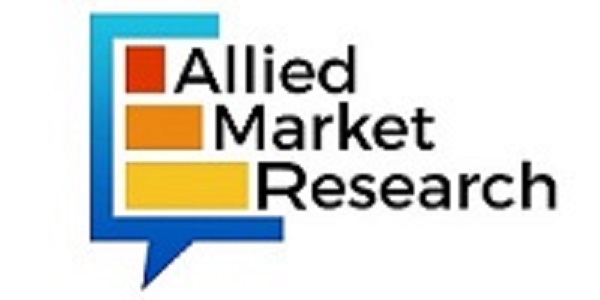Allied Market Research published a report, titled, “Glass Ceramics Market by Composition (Lithium-Aluminium-Silicate (LAS), Zinc-Aluminium-Silicon Oxides (ZAS), Magnesium-Aluminium-Silicon Oxides (MAS), and Others) and Application (Building & Construction, Electrical & Electronics, Healthcare, Aerospace, Optical, and Others): Global Opportunity Analysis and Industry Forecast, 2021–2030.” According to the report, the global glass ceramics industry generated $1.3 billion in 2020, and is estimated to reach $2.4 billion by 2030, witnessing a CAGR of 6.0% from 2021 to 2030.
Request PDF Brochure:
Drivers, restraints, and opportunities
Development of nano-phase ceramics, low thermal expansion, and surge in urbanization drive the growth of the global glass ceramics market. However, high costs of optical ceramics hinder the market growth. On the other hand, increase in the manufacturing of antennas for Wi-Fi applications and mobile phones in the electronics industry create new opportunities in the coming years.
Covid-19 Scenario
- Manufacturing activities of glass-ceramics stopped due to lockdown measures implemented in many countries. Moreover, disruptions in the supply chain and shortage of raw materials presented new challenges in manufacturing with full capacity.
- The demand from application industries such as building & construction, aerospace, optical, and others reduced considerably due to the stoppage of day-to-day operations during the lockdown. However, the demand is estimated to rise grow steadily post-lockdown as daily operations resume.
The lithium-aluminium-silicate (LAS) segment to maintain its lead position during the forecast period
Based on composition, the lithium-aluminium-silicate (LAS) segment accounted for the highest share in 2020, holding more than half of the global glass ceramics market, and is expected to maintain its lead position during the forecast period. This is due to the LAS material being mechanically strong and ability to sustain repeated and quick temperature changes up to 800–1000 °C. However, the magnesium-aluminium-silicon oxides (MAS) segment is estimated to manifest the fastest CAGR of 6.6% from 2021 to 2030, owing to increase in R&D activities in the sector.
Get Detailed COVID-19 Impact Analysis on the Glass Ceramics Market @ https://www.alliedmarketresearch.com/request-for-customization/15150?reqfor=covid
The building & construction segment to continue its leadership status during the forecast period
Based on application, the building & construction segment contributed to the largest share in 2020, accounting for around two-fifths of the global glass ceramics market, and is projected to continue its leadership status during the forecast period. This is attributed to rise in living standards, population, and urbanization in major developing countries across the world. However, the optical segment is expected to witness the largest CAGR of 7.3% from 2021 to 2030. This is due to high usage of optical ceramics owing to their better mechanical and optical properties.
Asia-Pacific, followed by North America, to offer lucrative opportunities
Based on region, Asia-Pacific, followed by North America, held the largest market share in 2020, contributing to more than one-third of the global glass ceramics market, and is expected to maintain its dominance in terms of revenue by 2030. Moreover, this region is expected to register the fastest CAGR of 7.3% from 2021 to 2030. This is due to growth of the optics and optoelectronics industry in emerging countries in the region.
Leading Market Players
- CoorsTek Inc.
- Corning Inc.
- Kanger Glass-ceramic Co., Ltd.
- Kedi Glass-Ceramic Industrial Co. Ltd.
- Kyocera Corporation
- Morgan Advanced Materials plc
- Nippon Electric Glass Co.,Ltd.
- Ohara Corporation
- Saint Gobain
- Schott AG
Interested in Procuring This Report? Visit Here:
https://www.alliedmarketresearch.com/glass-ceramics-market/purchase-options
